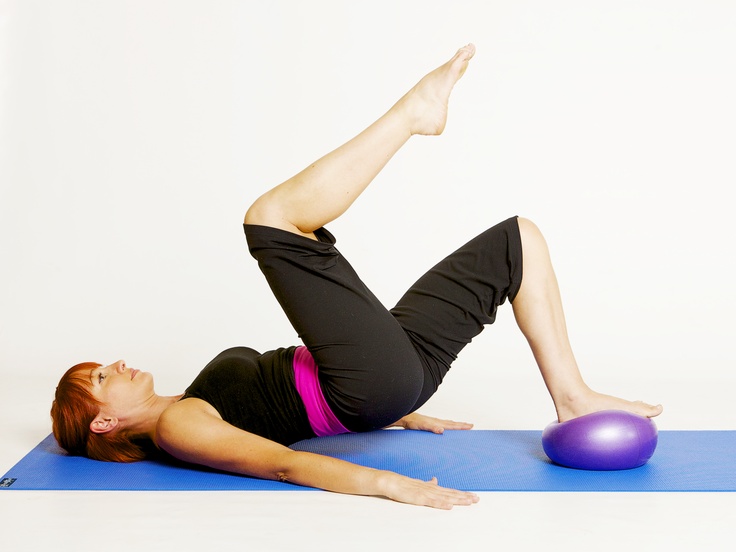Integrating a soft workout into hectic hard training routine, can be a healthy alternative. Researchers have found that running injuries increase in direct proportion to how often you run and how far you run. A runner concerned with the possibility of being hurt and forced to lay off exercise might choose, therefore, to run three days a week rather than five and to walk, do water workouts or other low-impact aerobics on the other two days. Such a regimen minimizes the risk of injury while maintaining fitness and an active lifestyle. Even professional athletes are taking advantage of low-impact routines: a number coaches report adding water-based workouts to their teams training regimens.

One should alternate soft and hard workouts. Research has shown that strenuous exercise can produce undesirable hormonal changes. One report on female runners found that as many as half of all competitive runners have irregular menstrual cycles, and some actually stop menstruating. Some experts attribute this to lowered levels of the female hormone oestrogen, which can frequently lead to temporary infertility, and lowered calcium levels, which can sometimes cause a loss of bone tissue in the spine. These problems can be halted by cutting back the level of strenuous exercise.
Are Soft Workouts Mainly for Injured?
No, soft workout routines are basically fitness programmes designed for people who are recovering from injuries or who had some other condition – such as pregnancy or obesity – that kept them from participating in more taxing forms of exercise. They are accessible to almost anyone, regardless of the participant’s physical condition.
At the same time, many highly fit people have taken to softening there workouts as a means of injury prevention. Committed exercise enthusiasts who do not want to give up their high-impact programmes are finding that they can integrate soft workouts into their usual routines and obtain the benefits of both. For example, researchers have found that running injuries increase in direct proportion to how often you run and how far you run. A runner concerned with the possibility of being hurt and forced to lay off exercise might choose, therefore, to run three days a week rather than five and to walk, do water workouts or other low-impact aerobics on the other two days. Such a regimen minimizes the risk of injury while maintaining fitness and an active lifestyle. Even professional athletes are taking advantage of low-impact routines: a number coaches report adding water-based workouts to their teams training regimens.
Can Soft Workouts Exercise Your Heart and Improve Your Endurance
Building cardiovascular endurance requires improving your oxygen consumption, or aerobic capacity, as this element of fitness is also known. Basically, oxygen consumption is the amount of oxygen that you can extract from the air and transport to working muscles for energy production. How much oxygen you consume is largely dependent on the efficiency of your cardiovascular system. For an exercise to affect oxygen consumption, it must employ large muscle groups such as the legs and arms, and it must be continuous, in order to keep the demand for oxygen high.
Much of the research associated with the aerobic aspect of soft workouts has centred on walking — and virtually all of it shows that rapid walking can produce cardiovascular benefits in most people regardless of their level of fitness. In one study of 343 people spanning the ages of 30 to 69, fast walking enabled nearly all of the women and about two thirds of the men to reach their target heart rates. A person’s target heart rate is a percentage of his or her maximum heart rate; it is one indicator that the heart is pumping hard enough during a workout – and that the workout itself is intense enough to be beneficial. As a person gets fitter, he or she must work harder to raise the heart rate because the heart is pumping more efficiently.
In order to see whether walking could continue to provide effective exercise as fitness levels increased, the same researchers also investigated whether a fitter population could obtain the same results. The outcome of the study convinced them that walking can indeed build endurance and produce aerobic conditioning provided that the walkers keep to a pace commensurate with their fitness levels. And in a six month study of middle-aged women who walked three kilometers a day, four days a week, the subjects managed to attain aerobic and muscular improvements comparable to those of a traditional aerobic dance programme.
A good deal of research is now being conducted into whether other types of low-impact workouts can also produce adequate cardiovascular benefits. The data accumulated thus far indicate that they can indeed. For example, one study compared the results of a group of 25 subjects who were required to perform both high-impact and low-impact aerobic dance routines. Although the women’s consumption of oxygen rose 28 per cent during the high-impact session, the heart-rate response during both sessions was nearly the same – the pulses that were recorded during the high-impact session averaged only 8 per cent higher than those in the low-impact session. The researchers concluded that although the high-impact routine provided a more intense workout, the low-impact programme also provided an aerobic training stimulus – and that in fact it met the aerobic exercise guidelines set by the American College of Sports Medicine.
For quick, effective conditioning, try walking up and down stairs. Several workplace studies have found that people who began using stairs instead of lifts improved their fitness levels by 10 to 15 per cent. Stair climbing is a good calorie burner, too: you may use 17.5 calories per minute if you climb two steps per second. Soft exercises include walking, running on the sand, cycling, exercising in water, light weight training, etc.
